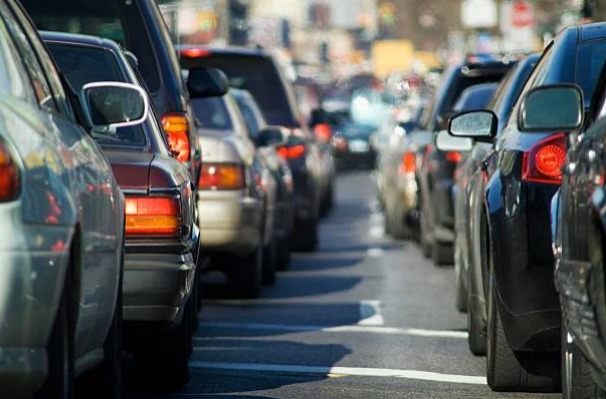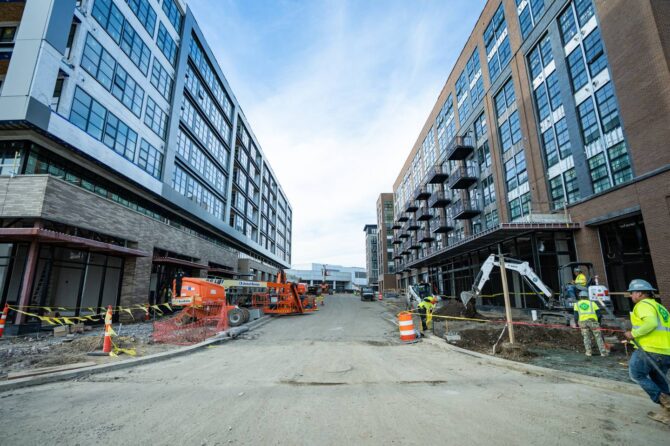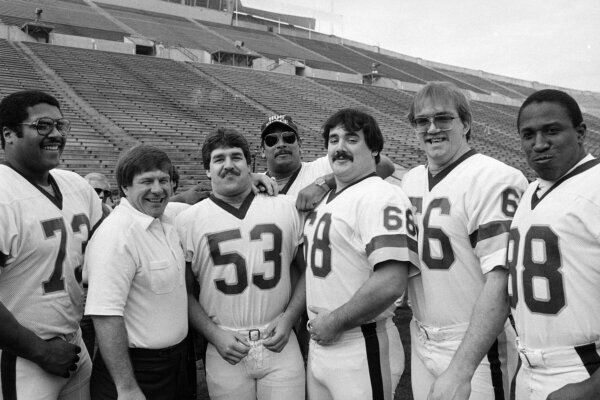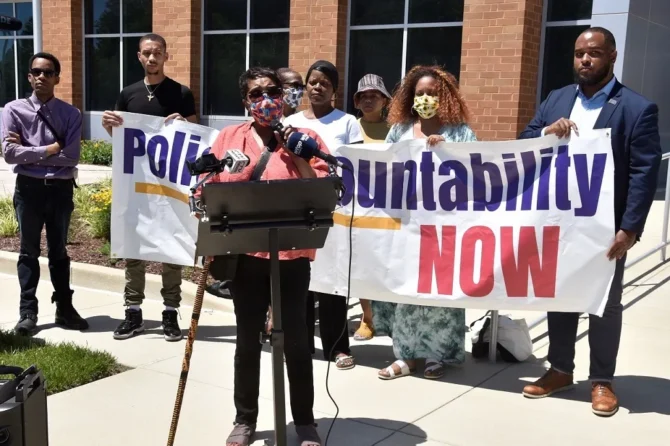Elected leaders throughout the D.C. area have tried mightily to get commuters out of their cars and onto public transportation. But a new study of transportation in the D.C. region has found that when it comes to the daily commute, the car remains king.
“In 1970, around the region … most of us got around by car, so slightly under 80%. That’s about the same in 1980, about the same in 1990, about the same in 2000, about the same in 2010 and about the same today. Most of us get around by car,” said Leah Brooks, co-author of the Center for Washington Area Studies’ State of the Capital Region 2022: Commuting Patterns and Transportation Infrastructure.
The study was presented Wednesday, followed by a panel discussion at the American Enterprise Institute.
Metrorail and Metrobus ridership have been declining since 2010, and COVID-19 made things worse for the rail system.
While the study found that just 10% to 15% of daily commuters take public transportation, it’s not an insignificant number. When compared to other big urban areas in the rest of the country, D.C.-area commuters rely on public transportation more than commuters in any other big urban area except New York.
New York is tops with more than 200 million individual passenger trips per capita. Washington is next with under 100 million, followed by Boston, Chicago and Philadelphia.
While the car is king for the daily commute and urban residents are the biggest users of public transit, the study found that public transit is showing signs of growth outside the city.
“The big growth in ridership share is coming in the suburban and exurban areas,” Brooks said.
An example of public transit growth can be found in bus systems operating in local jurisdictions, such as Alexandria’s Dash Bus.
“We need to make sure there’s consistent all-day service that is reliable because it has been shown that whenever it’s reliable and consistent, people are more likely to utilize it,” said Alexandria City Councilman Canek Aguirre, chairman of the Northern Virginia Transportation Commission.
Telework during COVID-19 dramatically reduced Metro ridership, and panelists were unsure what the future holds for telework, which they said is still awaiting final verdicts from the federal government and major companies. But indications are telework is here to stay.
“There is some level of consensus that we expect telecommuting to increase, at least for the office work force. You see numbers from 25% settling out to 40%. It all depends on whether you’re counting all workers, or those folks who have office-type jobs where they don’t have to be in person,” said Stewart Schwartz, executive director for the Coalition For Smarter Growth, which advocates for “walkable, bikeable, and transit-oriented communities.” This article was written by WTOP, read more articles like this here.
Photo: Getty.











